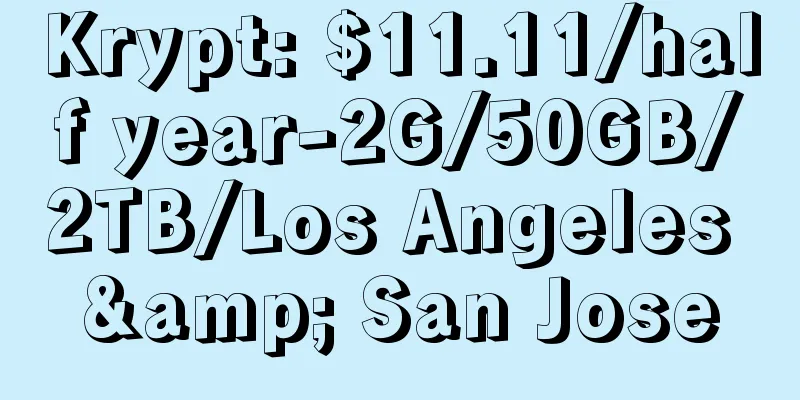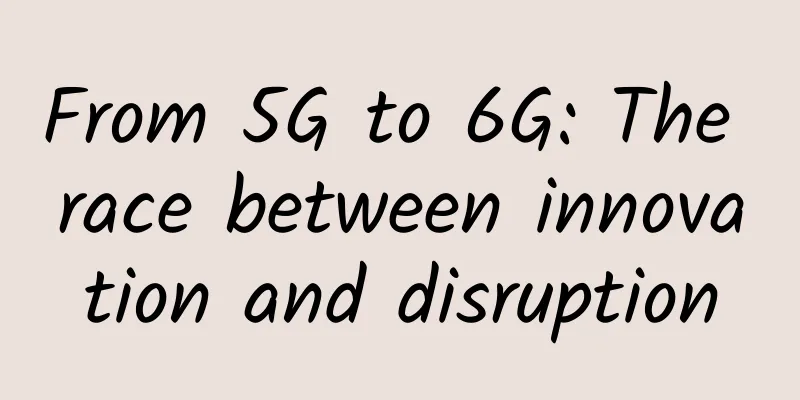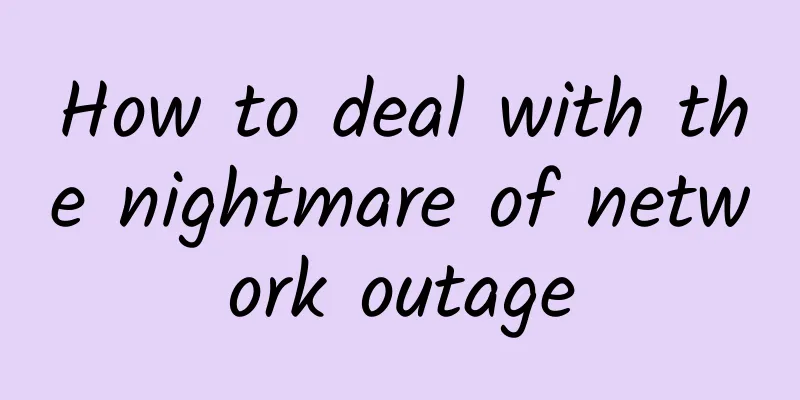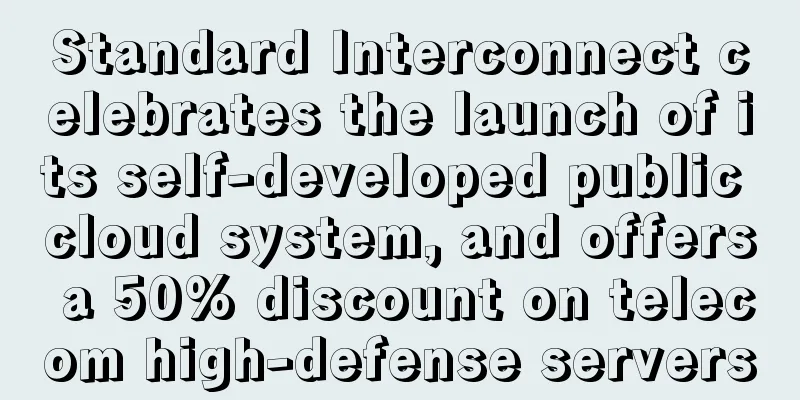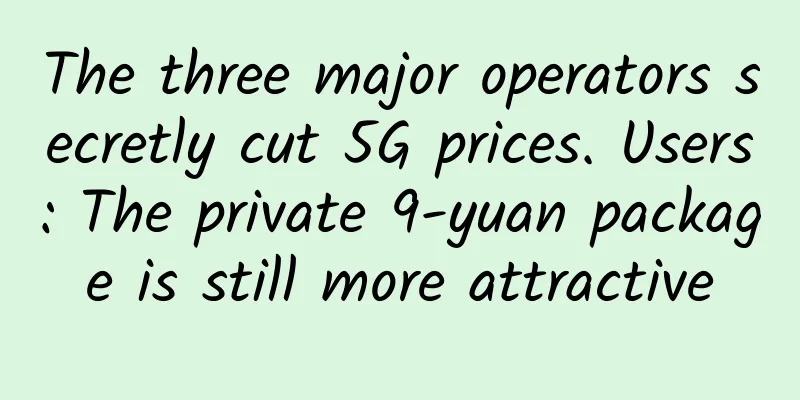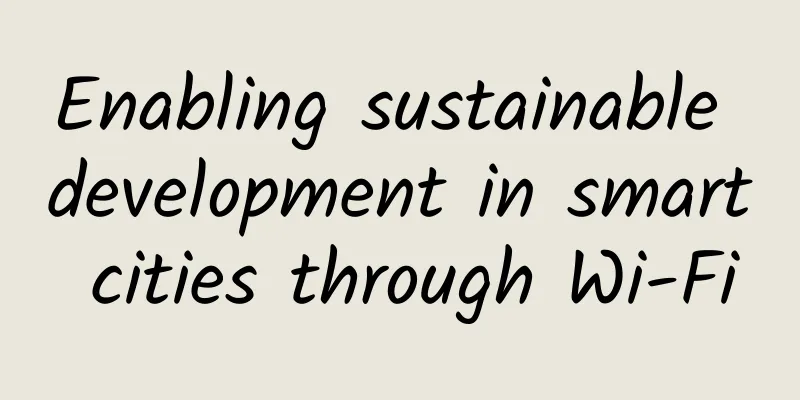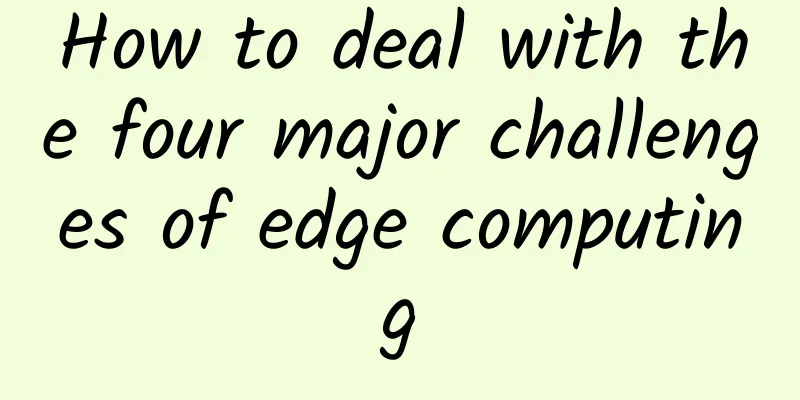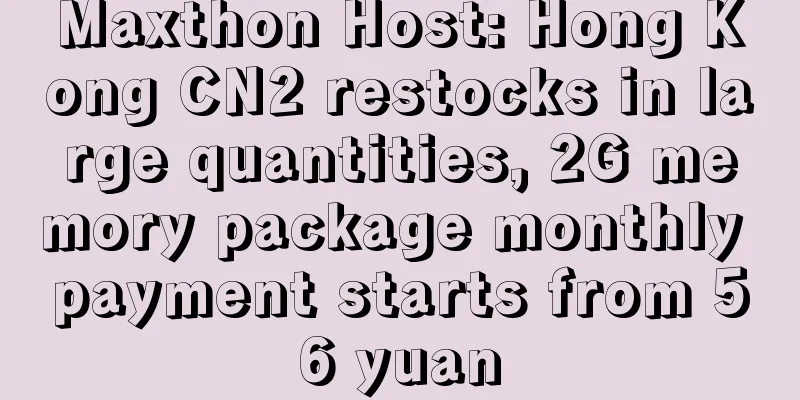Key breakthrough in quantum internet! Pan Jianwei's team breaks new record, entanglement distance is enough to connect two cities
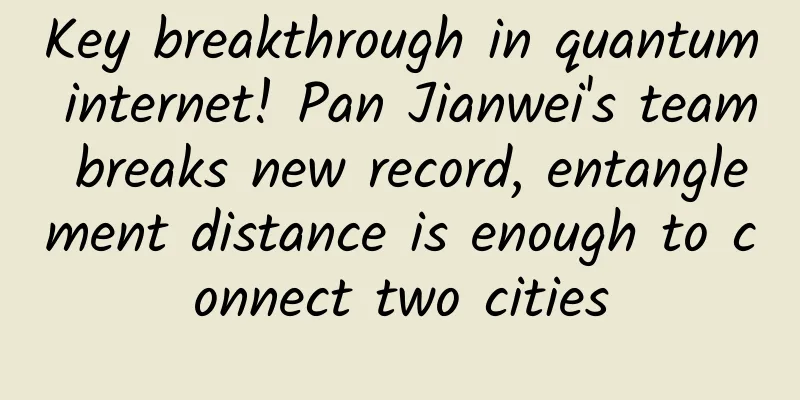
|
Just now, good news came from quantum entanglement technology. The team of Pan Jianwei and Bao Xiaohui from the University of Science and Technology of China achieved long-distance quantum entanglement in the laboratory. The two experimental schemes achieved quantum entanglement of 22 kilometers and 50 kilometers respectively, setting a world record. A distance of 50 kilometers is enough to connect two cities. This experimental result and the related technologies used in the experiment may pave the way for the realization of multi-node and long-distance quantum entanglement, which will be an important step in realizing long-distance quantum communication networks. On February 13, the experimental results were published in the form of a paper in Nature . 1. Let quantum entanglement go further From the history of computer and network development, long-distance communication technology is indispensable to realize large-scale networks. In the field of quantum computing and quantum communication, quantum entanglement can not only utilize the characteristics of quantum bits to transmit multi-state and encrypted information, but also has the ability to communicate over long distances. The ultimate application of quantum communication is to transmit information. After realizing quantum entanglement, scientists have been working to realize the application of long-distance quantum entanglement and related information transmission, but scientists have been struggling to know how to make it farther. In fact, long-distance entanglement has made significant progress in the past two decades. To achieve long-distance entanglement, the general practice before was to transmit entangled photons between nodes on optical fibers or via satellites. However, severe transmission losses limit the success rate of photon distribution and the distance of quantum entanglement. In 2015, Ronald Hanson's team at Technische Universiteit Delft verified quantum entanglement between two diamond color center systems 1.3 kilometers apart, and also verified the feasibility of long-distance quantum entanglement for the first time. But such a distance is not enough to support the establishment of a long-distance quantum communication network or quantum Internet. However, in this experiment, the research team led by Professor Pan Jianwei and Professor Bao Xiaohui of USTC innovatively combined several technologies and specifically solved the long-standing problem of long-distance quantum entanglement, thus realizing long-distance quantum entanglement. Bao Xiaohui, a professor at the University of Science and Technology of China and one of the participants in the study, said in an interview with Deeptech: "The main innovation of this experiment is the development of efficient light and atom entanglement technology suitable for low-loss transmission in optical fibers, and the realization of long-distance interference of memory light sources after transmission through long optical fibers. " 2. Self-developed key components greatly reduce attenuation Theoretically, quantum entanglement means that after two particles have interacted for a certain period of time, assuming that the quantum state is not destroyed, no matter how far apart they are, their final observed form is random according to quantum mechanics, but there is always a connection between the two. However, achieving long-distance quantum entanglement is far from just separating the two quantum entangled systems by a long distance. Nowadays, the way to achieve long-distance quantum entanglement is similar to long-distance communication, establishing a transmitter, a receiver and the connection between them. Mapping to quantum entanglement, first you need to create a pair of quantum entangled systems, then establish a long-distance connection, and finally verify the correctness of the quantum entanglement between them. It seems very simple, but there are still many difficulties in implementation. First of all, effective quantum entanglement must be established. According to Bao Xiaohui, the research team used the technology of "entanglement exchange" to complete the establishment of quantum entanglement. The specific idea is to select rubidium atom clusters in the same laboratory to make two independent quantum memories, and then establish two pairs of light and atom entanglement, that is, each quantum memory emits a photon, and this photon is entangled with the atom cluster. After that, the photons given by the two memories are transmitted over a long distance for interference measurement, and quantum entanglement will be established between the two quantum memories, and the original state of the quantum memory will also be stored. It is similar to both countries sending envoys to negotiate in a neutral country, and the two sides have established friendly relations. It is worth noting that in this experiment, the straight-line physical distance between the two independent quantum systems is only 0.6 meters - in a laboratory, they are actually connected by two parallel optical fibers from the University of Science and Technology of China in Hefei, Anhui Province to the Software Park. The "Middle Station" in the picture contains superconducting nanowire sensors, which are used for interference measurement of photons after long-distance transmission. This is already a form of existence of quantum relay stations, and this setting is also the research result of Pan Jianwei's team before.
Next, the research team used two independently developed technologies to solve the problem of high loss in the connection. First, starting from the source, the research team set up ring cavity enhancement technology in both quantum memories to enhance the coupling between single photons and atomic ensembles and optimize the optical path transmission efficiency, which increased the brightness of the previous light-atom entanglement by an order of magnitude. Among them, the cavity enhancement optical path was independently developed by the research team. The main idea is to enhance the coupling between single photons and atomic ensembles and reduce the loss in the cavity. The final conversion efficiency of the atomic state to the photon state in the cavity is about 90%. Second, the research team chose optical fiber as the connection medium and light as the carrier for transmitting information. However, the optical wavelength corresponding to the atomic memory has a loss of about 3.5dB/km in the optical fiber. In a 50-kilometer optical fiber, the attenuation will reach a billion times (the specific attenuation multiple is 10 to the 17.5th power), making quantum communication impossible. In this regard, Bao Xiaohui introduced: "The research team independently developed a periodically polarized lithium niobate waveguide, which converted the optical wavelength of the memory from near-infrared (795 nm) to the communication band (1342 nm) through a nonlinear difference frequency process, reducing the attenuation of 50 kilometers of optical fiber to less than 100 times, an increase of 16 orders of magnitude compared to before." In simple terms, the frequency of the photons to be transmitted was changed to the frequency of the communication band with less transmission attenuation, realizing long-distance quantum entanglement. Such a frequency conversion setting is very similar to the transformers we see in daily life, which increases the voltage when transmitting electrical energy to reduce the energy lost in the transmission line. 3. Integration of Multiple Technologies In general, this experiment integrated multiple technologies to achieve long-distance quantum communication, creatively using technologies such as "cavity enhancement" and "frequency conversion" to solve the high loss problem that has been pending for many years. The multiple technologies and innovative thinking used in the experiment also reflect the technical accumulation of Pan Jianwei's team's many years of scientific research. The field of quantum computing and quantum communication is undoubtedly one of the hottest areas in the scientific research community in recent years, with several major breakthroughs occurring almost every year. This experiment is of great significance for the realization of quantum communication. However, there is more to long-distance quantum communication than this. The research team led by Pan Jianwei and Bao Xiaohui also mentioned at the end of the paper that further increasing the distance of quantum entanglement and introducing multiple quantum memories may be new research directions, and this is of great significance for the application of advanced quantum communication. The form similar to quantum relay stations used in this experiment can also further broaden the span of quantum entanglement. The paper on this experiment was submitted on March 26, 2019, almost a year ago. I believe that Chinese scientists will bring us new surprises, and quantum information technology in 2020 is worth looking forward to! |
<<: Under the epidemic, IDC companies have no right to complain
>>: What you need to know about 5G?
Recommend
Revitalizing smart cities with edge computing and 5G
[[381381]] As we recover from Covid-19, we have a...
The changing world of ICO: What are the prospects for blockchain and virtual currency?
There have been many major events recently, rangi...
Satellite Internet or 5G, which is cheaper?
Just as a manned spacecraft was sent into space, ...
A brief analysis of the application of NAT technology in cloud gateway
Labs Guide With the increase of network applicati...
Tencent Cloud hot sale: 1C2G5M server 38 yuan/year, CDN traffic package starting from 6 yuan
The Lunar New Year is approaching, and Tencent Cl...
Comparison of several mainstream wireless technologies in the Industrial Internet of Things
Large-scale production scenarios involve a large ...
Six popular network topology types
No two networks are designed and built alike. One...
[Black Friday] HostDare: 15% off Los Angeles CN2 GIA line VPS, starting at $42.4 per year
HostDare also launched this year's Black Frid...
Traditional routing, SD-WAN gives you a reminder
The advantages of SD-WAN are obvious. It can real...
Six common IoT wireless technologies and their use cases
The Internet of Things (IoT) starts with network ...
When will 5G take off and cover more than 1 billion people worldwide by the end of this year?
2019 is the "first year" of 5G commerci...
"Smart Travel" in Linzhi, Tibet, during the summer vacation, Wi-Fi has been widely used in WeChat Moments
During the summer vacation, as a hot spot in the ...
Example: How to plan IP addresses for a large-scale monitoring network system?
For monitoring projects, many faults are caused b...
[11.11] RAKsmart cloud server 10% off from $2.49/month, bare metal cloud server $69/month, Japan/Hong Kong/Singapore/US data center
Previously, we have shared the promotional inform...
2021 Information and Communication Industry Events
ICT industry recovers According to statistics fro...

